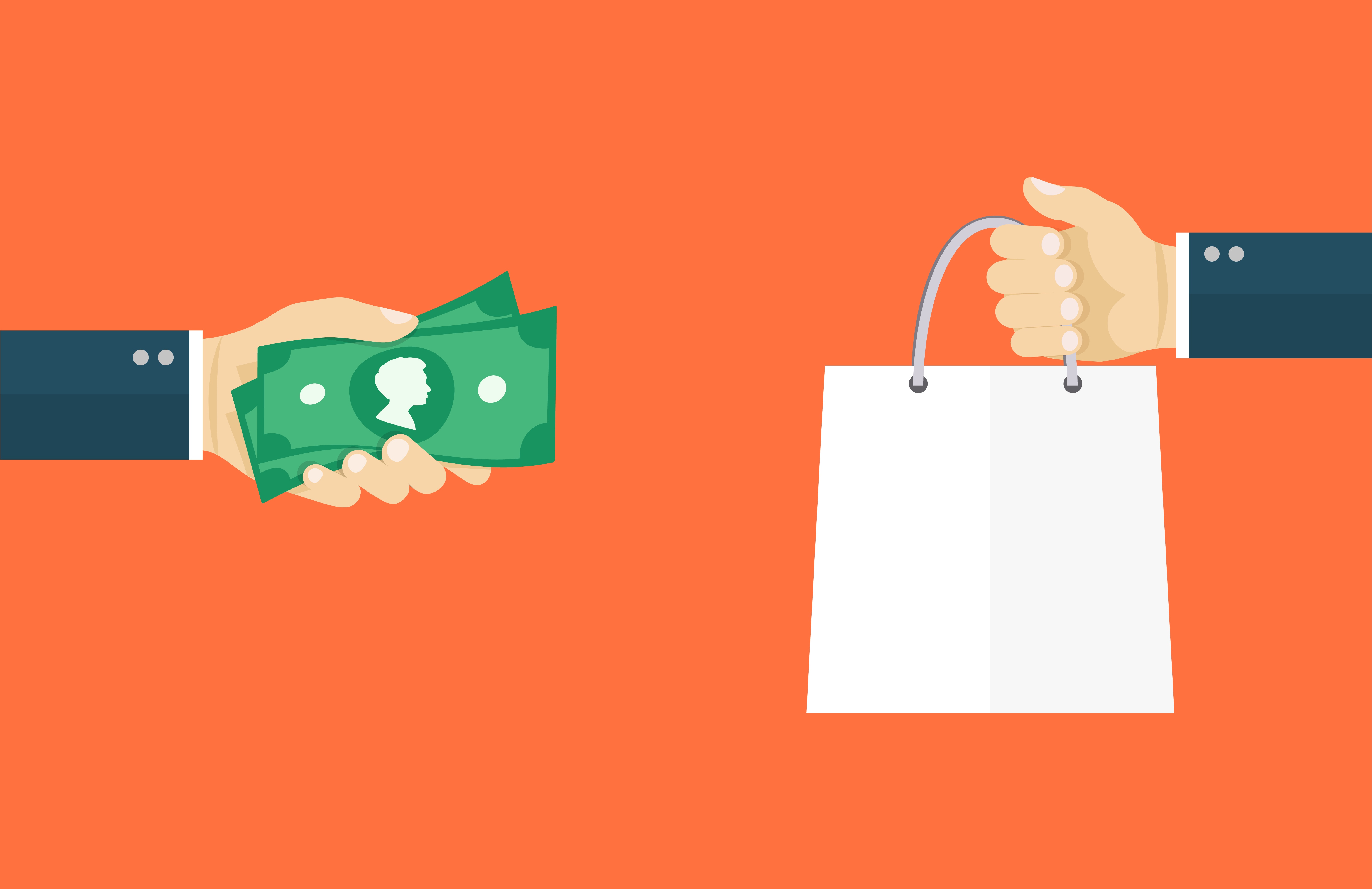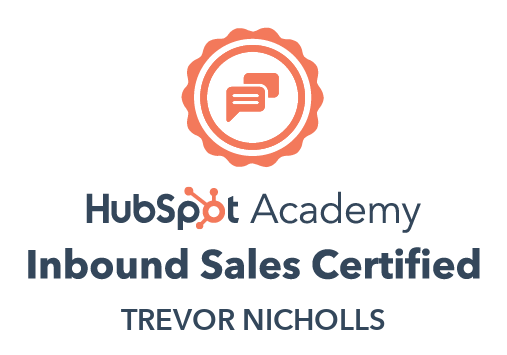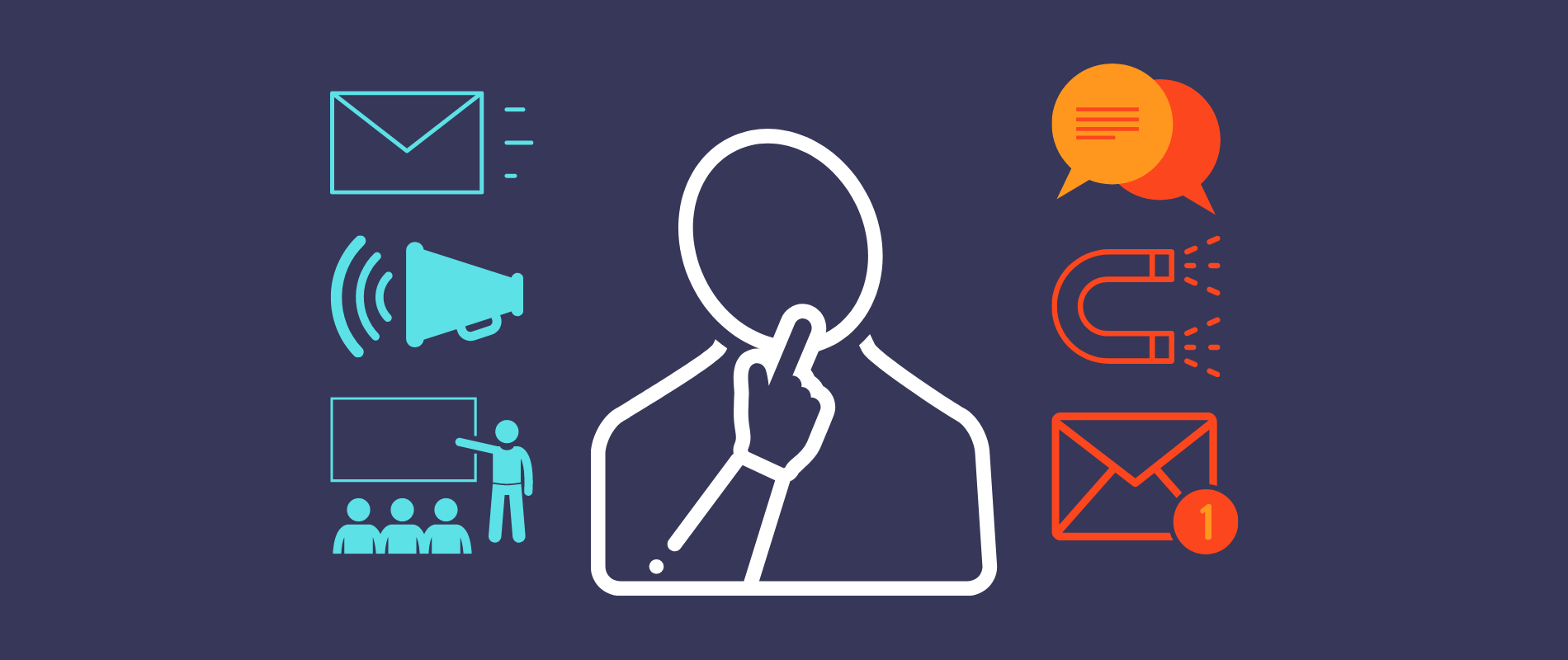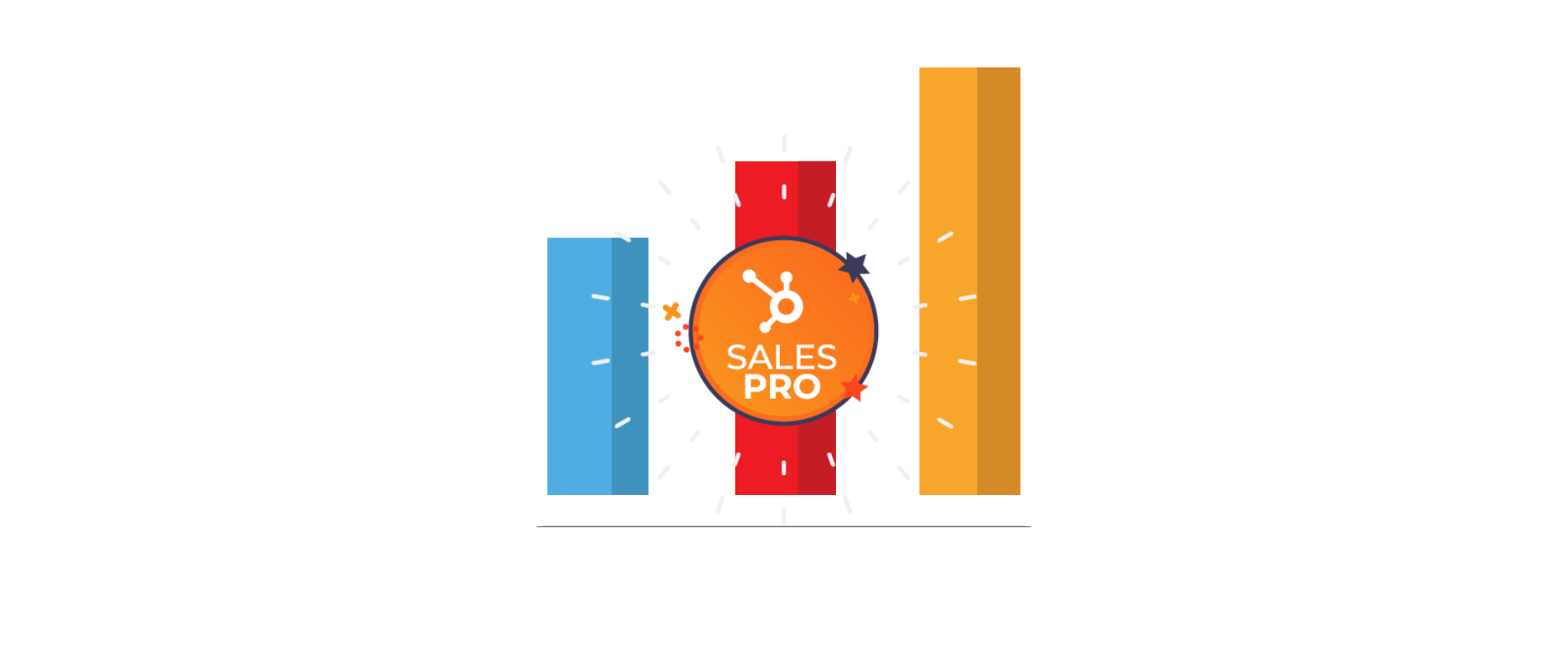
Get weekly
HubSpot updates
[Updated June 2020]
If you’ve seen any of my previous posts about inbound marketing, specifically the post titled “What Is Inbound Marketing”, you would have read how the inbound marketing model has four distinct phases: Attract, Convert, Close and Delight.
This model gives you a guide and the relevant toolset needed to bring your buyer personas into your business converting them from your company website into leads and then nurture them along the buyer’s journey turning them into customers and advocates.
A few years ago, HubSpot launched the inbound sales methodology. They've put a framework in place that walks through the entire sales process, from the initial identifying and prospecting, through to presenting and closing. The model has been backed up with an online training course as well as a certification to show competence. As a lifelong learner, I'd highly recommend that your sales team take the course and the certification.
With the expansion of the HubSpot software platform, which was the forefront software for inbound marketing, we now have a much fuller toolset that covers the full buyer journey.
Why do we need inbound sales?
With the advent of the internet, the way people make a purchase has changed significantly. The buyer is firmly in control of the sales process. They have access to much more information and do not need to rely upon the salesperson to make a decision. For example, 82% of smartphone users consult their device for information on a product before deciding to buy, while 45% will read online reviews.
This leads to the traditional salesperson still trying to use a more outbound sales approach which has become less and less effective. While 41.2 % of salespeople say that the phone is still their most effective tool, it's necessary to review the methodology applied.
So, if the buying process has changed, then shouldn’t the sales process? Of course, it should. We should take our sales inbound! Inbound sales tackle the challenges that outbound sales practices struggle with, such as sourcing the right leads, and connecting and engaging with customers on an emotional level.
The inbound sales process aims to remove friction by matching the way that the sales team sells to the way that people buy. Before we delve deeper into the actual model, there are two overriding principles:
- Inbound sales teams should base their entire sales strategy on the buyer rather than the seller. Focusing on the buyer's needs, their goals, pain points and challenges, and then demonstrate in the decision phase how the product or service that is on offer addresses those needs.
- Inbound salespeople should personalise the entire sales conversation to the buyer’s context. This is because personalisation increases loyalty, boosts revenue, and provides better customer experiences.

The buyer's journey
These four stages span the three stages of the buyer's journey: awareness, consideration, and decision stages.
Awareness
At the awareness stage, the person is aware that they have a problem and are looking for information on how to understand that problem and define it further.
Consideration
At the consideration stage, the person has identified and defined their problem and are now looking for a solution. 60% of leads prefer to connect with sales at this stage – after they've done their own research.
Decision
At the decision stage, the person has now identified a number of possible solutions and is now looking to choose which one is.
The four stages of the inbound sales methodology
The inbound sales methodology is broken down into four stages, identify, connect, explore and advise.
Identify
The salesperson works to identify strangers who fit the ideal buyer profile of the company and that have goals and challenges that they can help with.
Sales teams will start the process by assessing at the inbound leads, people that have filled out a conversion form on the company website.
Are they the right buyer persona? What is the level of buyer interest that has been shown? Do we offer a product or service that fits the buyer's needs?
These strangers become leads. In this stage, they prioritise active buyers over passive buyers.
Connect
Inbound salespeople then make contact with those leads to help them decide whether they should prioritise the goal or challenge. They identify where they are in the buying journey.
If the buyer decides that they want to put some priority into the goal or challenge, then they become qualified leads and are moved further down the sales funnel.
Explore
The seller then explores the goal or challenge and assess whether their offering is a good fit for the buyer's context. If it is a good fit, then the lead becomes an opportunity.
Advise
The sales reps can then advise the buyer how their solution uniquely addresses the buyer's needs. If the buyer agrees that this offering is the best solution for them, then they become customers.
The inbound sales framework allows you to provide support to the buyer as they run through the buyer’s journey.
Remember, as you work through the inbound sales process, you should bear in mind the philosophies mentioned above, specifically personalising the whole process to the buyer's context. So, for example:
- At the identify stage, inbound sellers will not randomly call people offering their solution, but they’ll seek to identify buyers that are already in the buyer’s journey, such as those that have filled out a form or visited their website, or those that have mentioned relevant problems on social media.
- At the connect stage, inbound sales teams will not just send out the same generic emails or cold call everyone, but they relate their message to the buyer's context, ensuring they are showing genuine interest in helping the buyer. They make an offer aligned with the needs of the buyer at that time, such as a free consultation or eBook about the challenge that they are facing. At this stage, they are identifying the buyer's interests and priorities and offering helpful advice, further establishing whether the lead is a good fit. They develop trust by demonstrating a genuine interest in helping.
- Once the buyer has expressed the right level of interest, the inbound salesperson does not jump into presentation or pitch mode, rather they transition into the explore stage; they leverage the buyer’s interest in order to build a deeper level of trust and delve deeper into the buyer’s goals and challenges through further exploratory conversations.
- At the advise stage, the inbound salesperson utilises all the information that they have gained at the exploratory stage to guide the buyer to the right solution. According to HubSpot, half of all potential buyers want to know how your product works on the first call. Your sales reps should tailor their presentation to the goals and challenges that they have uncovered and supply all the relevant information.
- In summary, the inbound salesperson conducts the sales process in a much more supportive way by applying the inbound sales methodology. They help the buyer got through their decision-making process and focus on improving the buying experience for the prospective customer. It is a huge leap forward from legacy salespeople who puts the sale of their product or service above the needs of the buyer.
- Overall, this makes for a much more satisfactory sales experience from all sides. Sales reps will close more deals faster and feel that they are the trusted advisor rather than a sales rep that relies upon hard sales tactics. Customers will feel they are looked after during the whole purchasing process.
Inbound Sales Resources
If you would like to find out more about inbound sales here are some resources that will help.
HubSpot’s certification course explores the whole inbound sales process and gives a framework of guiding the buyer through each stage in much more detail.
The Inbound Organization – a fantastic book about adopting the inbound movement into your business.
DavidWeinhaus.com – David is the management of partner sales enablement at HubSpot and is one of the lead influencers in the inbound sales movement.
Start Building Your Inbound Sales Plan with the SaaS Sales Toolkit
4 Tools that will help you to plan, optimise and convert more sales!


